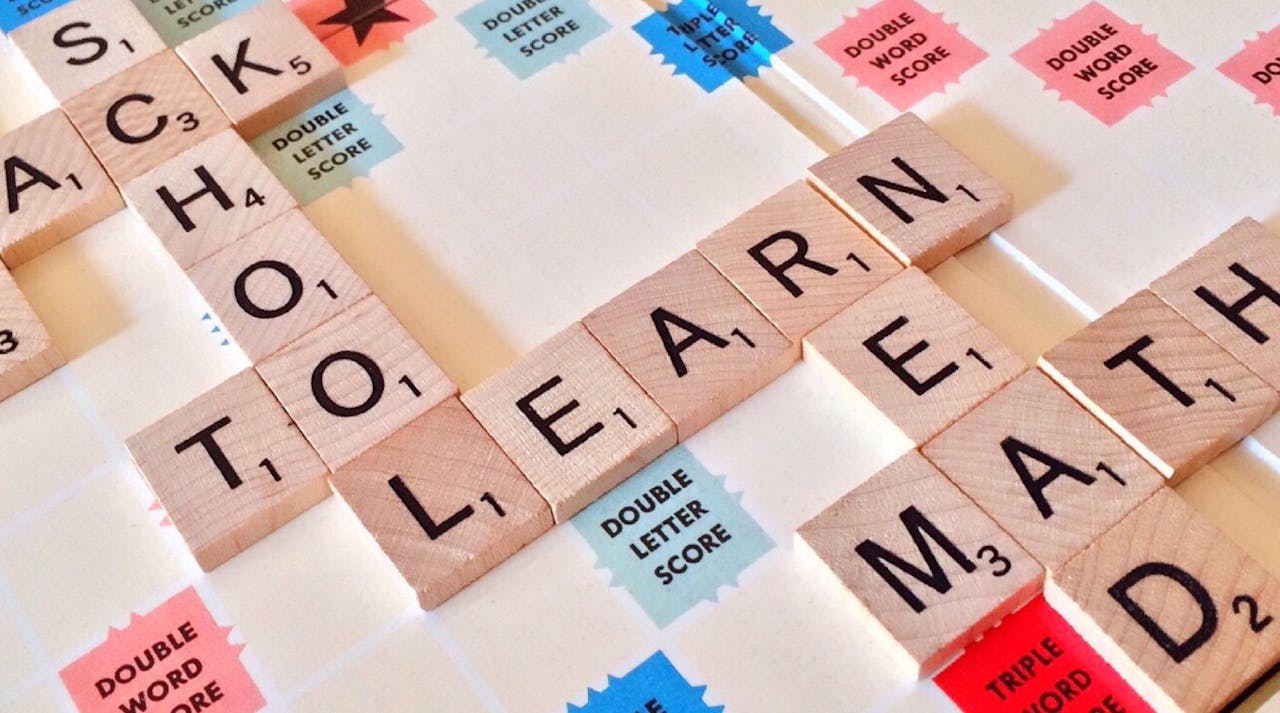Universal Design for Learning (UDal): Designing Instruction for All Learners
In today's diverse educational landscape, ensuring that every learner has equal access to education is more crucial than ever. Universal Design for Learning (UDL) offers a framework that promotes inclusivity and adaptability in teaching, catering to the unique needs of all students. This article explores the principles of UDL, its importance, and how educators can effectively implement it in their classrooms.

Understanding Universal Design for Learning
Universal Design for Learning is an educational approach based on the idea that every learner is unique and may require different methods of engagement, representation, and expression. Developed from principles of universal design in architecture and product design, UDL seeks to create flexible learning environments that accommodate individual learning differences.
Key Components of UDL
The UDL framework is built around three main principles:
-
Multiple Means of Engagement: This principle focuses on how to motivate students and maintain their interest in learning. It encourages educators to provide options for students to participate, such as through collaborative projects, independent research, or technology integration.
- Multiple Means of Action and Expression: This principle highlights the importance of allowing learners to demonstrate their knowledge in different ways. Instead of standardized tests or essays, students might express their understanding through presentations, artistic projects, or digital storytelling.
- Multiple Means of Representation: Understanding that learners process information in different ways, this principle emphasizes offering various formats for content delivery. This could include visual aids, audio materials, interactive simulations, and text-based resources to accommodate diverse learning preferences.
The Importance of UDL in Education
Promoting Inclusivity
UDL plays a crucial role in fostering an inclusive learning environment where all students feel valued and supported. By acknowledging the diverse needs and strengths of learners, UDL helps to eliminate barriers to learning and ensures that everyone has the opportunity to succeed.
Encouraging Student Agency
Implementing UDL encourages students to take an active role in their learning process. By offering choices in how they engage with content and demonstrate their understanding, students become more invested in their education and develop a sense of ownership over their learning journey.
Enhancing Academic Performance
Research indicates that UDL can lead to improved academic outcomes for all learners. By providing various ways to access information and demonstrate knowledge, students are more likely to grasp complex concepts, retain information, and perform better on assessments.
Implementing UDL in the Classroom
Educators can effectively implement UDL by following these practical strategies:
1. Assess Learner Needs
Before planning lessons, it's essential to understand the diverse needs of your students. Conduct assessments to identify their strengths, challenges, and preferred learning styles. This information will guide your instructional planning.
2. Offer Choice and Flexibility
When designing activities, provide students with choices regarding how they engage with content and demonstrate understanding. For example, allow students to select from a range of project formats, such as videos, presentations, or written reports.
3. Utilize Technology
Integrate technology to support diverse learning needs. Tools like audiobooks, educational apps, and interactive online platforms can enhance accessibility and engagement for all learners.

4. Scaffold Learning
Break down complex tasks into manageable steps and provide support as needed. This scaffolding approach helps students build confidence and skills progressively.
5. Foster a Collaborative Environment
Encourage collaboration among students through group projects, peer feedback, and cooperative learning activities. This not only promotes social interaction but also allows students to learn from one another.
6. Continuously Reflect and Adjust
Regularly assess the effectiveness of your UDL implementation. Gather feedback from students and observe their engagement and performance. Use this data to make necessary adjustments to your teaching strategies.
Challenges and Considerations
While the benefits of UDL are significant, educators may encounter challenges during implementation:

Resource Constraints
Limited access to technology, materials, and training can hinder the effective application of UDL principles. Schools should invest in resources and professional development to support educators.
Resistance to Change
Some educators may be hesitant to adopt new teaching strategies or modify existing practices. Providing training and support can help alleviate concerns and foster a culture of innovation.
Balancing Standardization and Flexibility
Finding the right balance between standardized assessments and UDL principles can be challenging. Educators should advocate for assessment practices that allow for flexibility and diverse expressions of learning.
Conclusion
Universal Design for Learning is a transformative approach that empowers educators to create inclusive, engaging, and effective learning environments for all students. By embracing UDL principles, educators can break down barriers, foster student agency, and enhance academic performance. As we continue to strive for equitable education, the adoption of UDL practices will play a vital role in meeting the diverse needs of learners and preparing them for success in a rapidly changing world. By designing instruction with UDL in mind, we can create a brighter future for all learners, ensuring that everyone has the opportunity to thrive.












